Small Business Brand Strategy on a Budget
Building an effective small business brand strategy is essential to stand out and connect with their target audience; with over 33 million small businesses in the United States alone, having a unique and memorable brand cuts through the noise to make customers choose you.
Table of Contents
What is a Brand Strategy?
A brand strategy is a long-term plan that establishes what your brand stands for, the personality behind your brand, and the emotional connection you want customers to have with your small business. It goes beyond just a logo and slogan—your brand strategy guides marketing decisions and shapes customers’ perceptions of your company.
Elements of a Small Business Brand Strategy
Though every brand strategy is unique, most contain a few key elements:
- Brand identity – The visuals, logo, and colour scheme that identify your brand and make it recognisable. Your brand identity creates familiarity and helps customers connect emotionally with your company.
- Brand messaging – The overarching ideas and messages you want to convey about your brand through marketing and advertising. This includes your slogan, taglines, brand voice, and value proposition.
- Brand positioning – Where your brand fits in the competitive landscape. Your point of differentiation and why customers should choose you over competitors.
Getting these elements right ensures marketing consistency across channels from your website to social media and builds brand equity over time.
Why is Branding Important for Small Businesses?
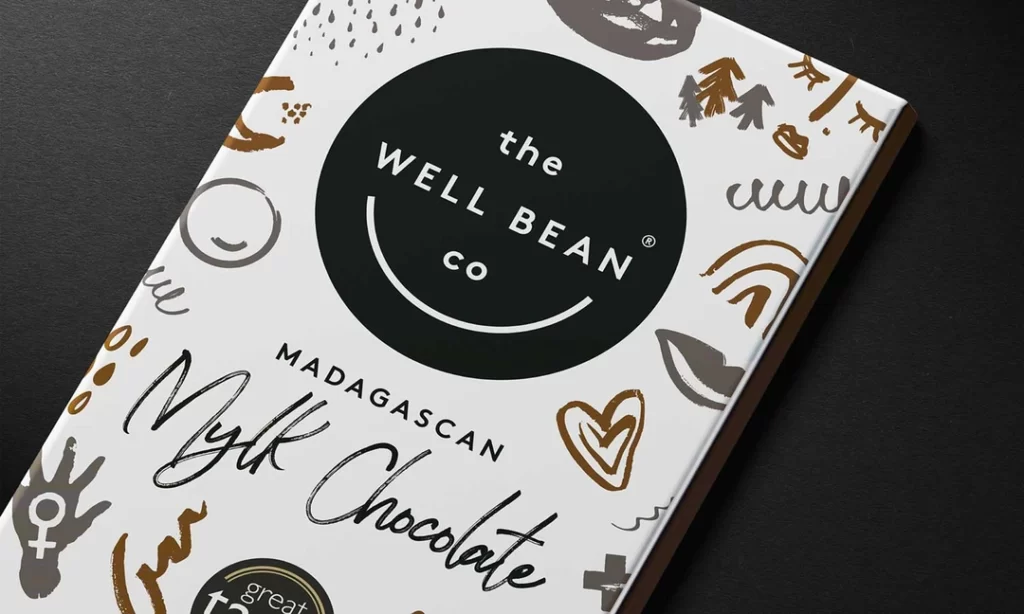
With limited marketing budgets, small businesses need to maximise impact. An intentional branding strategy accomplishes this by allowing you to connect with your target audience memorably. The advantages of good branding include:
Increased Trust and Loyalty
Customers buy from brands they trust. A strong brand identity makes your company seem reliable and customers more likely to buy from you repeatedly.
Improved Word-of-Mouth
Referrals likely account for a good chunk of your new business. A branded customer experience gives happy customers something specific to rave about when referring friends.
Higher Perceived Value
A polished brand signals quality and competence. Customers assume branded products or services warrant a higher price than generic alternatives.
Brand building takes time, but the long-term rewards typically outweigh the early resource investment for small businesses looking to grow.
Developing a Brand Strategy
Follow this six-step process to develop a resonant brand strategy:
Step 1: Define Your Mission and Vision
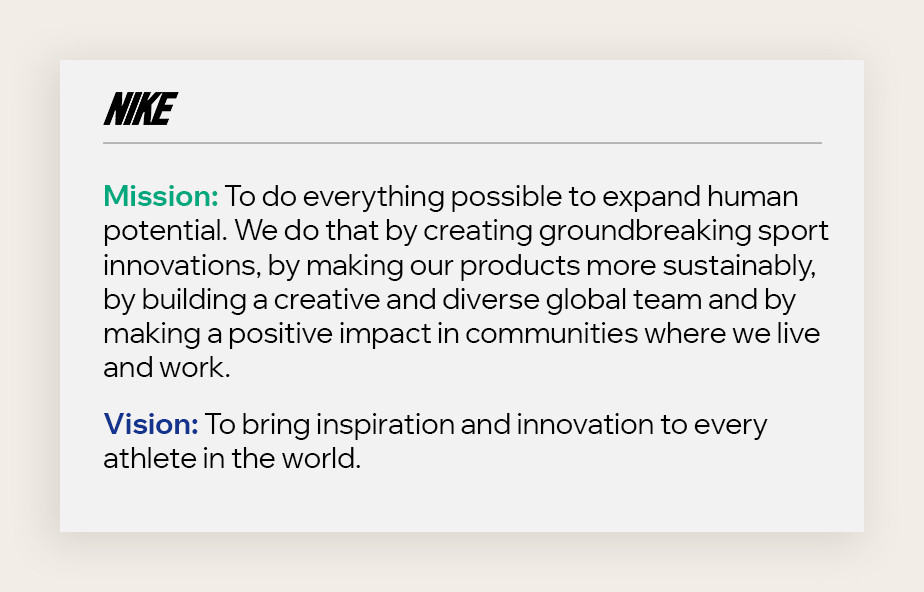
Mission Statement
Your mission statement explains why your business exists. It embodies your core purpose and helps differentiate you in the marketplace. Some tips for writing an effective mission statement include:
- Keep it short, usually 2-3 sentences or less than 100 words
- Get to the point quickly
- Address why you do what you do, who you help, and what need you fill
- Communicate what success looks like for you
Here are examples from two popular small business brands:
Warby Parker: “To offer designer eyewear at a revolutionary price while leading the way for socially conscious businesses.”
TOMS: “To improve lives through business.”
Vision Statement
While your mission states why you exist, your vision looks to the future. It defines your long-term goals and what success ultimately looks refined a few years later. For example:
In 5 years, we will have ten retail outlets across the state, an ecommerce site grossing over $2M in annual sales, and a culture renowned for stellar customer service. Our brand will be the leading choice regional parents trust for ethically sourced children’s toys and clothes.
Keep your vision realistic yet ambitious enough to motivate growth. Revisit it at least annually as your business scales.
Step 2: Research Your Target Customers
You can’t build an effective brand strategy without first understanding your ideal buyers. Avoid generalising based on superficial demographics alone. Dig deeper into their:
Demographics
- Location
- Age
- Gender
- Income range
- Education level
- Marital/family status
Psychographics
- Values, beliefs, priorities
- Habits, hobbies, interests
- Personalities, pain points
- What motivates them
Behaviours
- Where they spend their time
- What publications or blogs did they read
- Who influences their decisions
- How they shop for your type of product
Needs
- What frustrations do they experience?
- How could you make their lives easier?
- What product benefits do they care about most?
Tools like surveys, interviews, persona templates, and Google Analytics can uncover insights to guide your brand strategy and messaging.
Step 3: Define Your Brand Identity
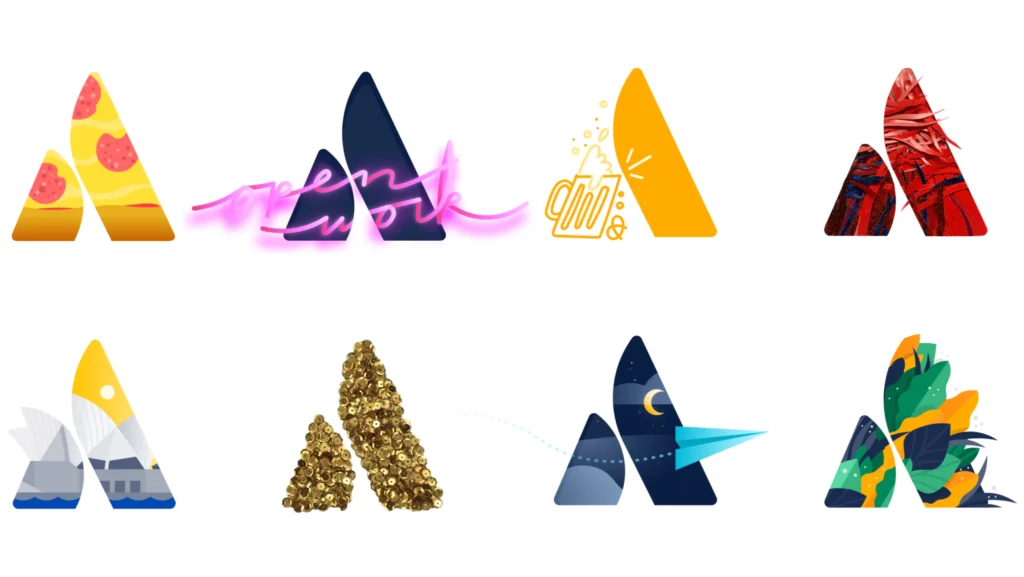
Now, it’s time to start shaping your brand image. These elements communicate who you are through logos, colour palettes, typography, messaging, and more:
Logo – Choose symbols, fonts, shapes, and colours that quickly convey your brand’s personality.
Typography – Font styles and sizes that complement your logo and website design.
Colour palette – Colors that align with your brand’s tone and emotions you want to evoke.
Voice and tone – Ensure your brand’s vocabulary, style, cadence, and attitude resonate with your audience.
Slogan or tagline – A memorable, succinct phrase explaining your brand promise.
Messaging – Tailor your messaging and value propositions based on what your customers care about most.
Personality – Infuse human-like traits so customers relate to your brand on a personal level.
These attributes separate bland, forgettable brands from those that form powerful connections with their fans.
Step 4: Craft Your Brand Positioning
Now that your brand identity has taken shape, you must carve out your niche in the competitive landscape. This involves positioning your brand in the minds of customers by addressing three key areas:
Frame of Reference – What product or service category do you compete in? For example, toys, consulting services, pet products, etc.
Point of Difference – How do you stand apart from others in your frame of reference? Highlight your unique value proposition.
Reasons to Believe – Why should target customers believe your claims and switch to your brand? Support differentiation with evidence like reviews, case studies, certifications, or product samples.
You effectively position your brand drives preference over the default big box store or on-demand online alternative.
Step 5: Deliver Consistent Brand Experiences

Congrats, you’ve defined your brand strategy on paper. But it must permeate every customer touchpoint to have an actual impact. Walk in your customer's shoes to ensure alignment across:
💻 Website
📞 Phone interactions
🔗 Social media
📨 Email marketing
🏬 In-store signage and displays
🛍 Packaging
📄 Receipts, invoices, business cards
🗨 Employee uniforms and training
This consistency strengthens recognition and trust in your brand.
Step 6: Measure and Adapt Your Strategy
Ignore this step, and your beautifully crafted brand strategy risks growing irrelevant. Consistently measure analytics to spot changing customer behaviours, pinpoint new opportunities, and realign your strategy.
🔎 Website traffic and engagement metrics
📈 Sales volumes and customer retention
🏆 Marketing campaign conversion rates
😊 Customer satisfaction scores and reviews
Refine lagging areas to keep your brand strategy fresh, timely, and effective.
Executing Core Brand Strategy Components
You defined your brand strategy. Now, let’s examine tactics for executing some of its fundamental elements.
Building Your Brand Voice and Tone

Your brand voice shapes how you communicate with customers across channels. It’s comprised of:
Tone – The attitude and emotions you convey, from serious and professional to casual and fun.
Style – Formal language or conversational? Short sentences or in-depth analysis? First, second, or third-person point of view?
Vocabulary – Industry jargon or beginner-friendly? Clever and colourful phrases? Local dialect?
Cadence, is it fast-paced or slow and steady like a wise mentor? Long-winded explanations or quick-hitter facts?
Analyse competitors and publications your audience loves to inspire your brand’s authentic writing style. Test different voices by creating sample website copy, blog posts, and social media updates to see what resonates best.
Crafting Compelling Brand Messaging
Your brand messaging should appeal directly to your customer’s deepest frustrations, goals, and motivations uncovered in your research (see Step 2). But where to start?
Highlight their pain points – Show you profoundly understand their problems.
Offer aspirational outcomes – Paint an irresistible vision of their future success and happiness.
Focus on their needs – Avoid boasting about your features. Relate benefits to actual customer needs instead.
Stand out with bold declarations – Quantify your differences and value adds versus competitors.
Empower with advice – Position your brand as an industry insider who educates.
Speak directly to them – Use “you” centric language, not all about “we.”
Share relatable stories – Case studies, reviews, and local customer stories build connections.
Evangelise your purpose – Spotlight social causes and community outreach your audience admires.
Add a dash of personality – Be playful, irreverent, philanthropic, or intellectual. Match it to your audience's tastes.
Test messages with current and prospective customers to hone in on those that prompt the highest engagement and sales conversions.
Selecting Your Brand Name
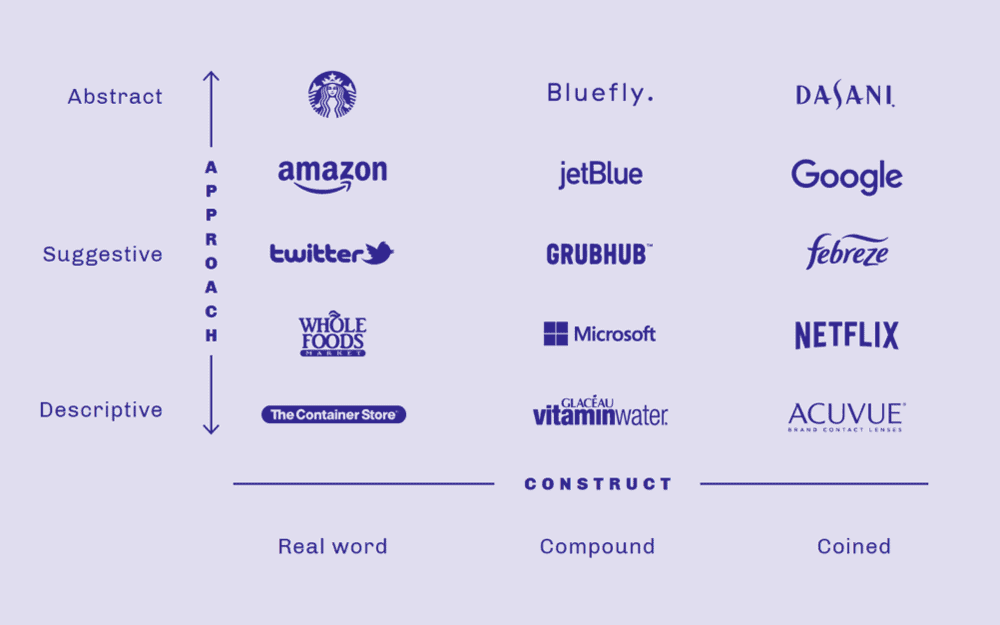
Like your personal name, your business name leaves a formidable first impression to undo. You want it to:
✅ Capture attention
✅ convey what you offer
✅ Align with your brand identity
✅ Resonate with your target audience
Here are popular strategies small business owners use to brainstorm the perfect brand name:
Describe your service – Add Inn, Solutions, Services, Repair, Crew, Works, etc. Example: TechRepair Services.
Spotlight your speciality – Catering Company
Share your core value proposition – The Affordable Movers
Use clever wordplay – Software company Udacity
Evoke desired customer emotions – Precision Landscapers inspires professionalism and excellence.
Contain the founder’s name – Susan’s Pet Sitting Agency builds familiarity and trust with a community figure.
Say your contender names a few times and get unbiased feedback to predict how they will stick over the long term. Search online and the USPTO database to confirm no other brands have claimed your favourite option before registering it legally.
Designing Your Brand Logo
Along with your business name, a thoughtfully designed logo becomes the face of your organisation. Keep these guidelines in mind:
Convey your brand identity – For example, coffee shops often incorporate cups, cafes, or beans into logos.
Remain simple and scalable – Avoid intricate details that disappear or turn to mush when printed small or enlarged on banners.
Use 2-4 complementary colours – Limit it to what prints well in black and white.
Make sure it stands out – Analyze competitors in your niche to ensure your logo looks wholly original, not confusingly similar to someone else’s.
Use readable fonts and icons – Avoid overly stylised scripts or dense graphics.
See if any hidden images emerge – Look for unintended pictures within abstract logo marks.
Validate concepts with your target audience – Get reactions from real customers instead of trusting your preferences.
Ideally, you’ll develop 3-5 diverse logo options, then ask customers to pick their favourites to mix real-world validity with your creative vision.
Brand Strategy Mistakes Small Businesses Make

Even the most well-intentioned branding efforts can take wrong turns that undermine results. Be mindful to sidestep these common mistakes:
Forgetting Your “Why” Behind the “What”
The lure of profits tempts business owners to chase trends they assume customers want. But money-centric missions ring hollow. Revisit how you’re fulfilling target customer needs in meaningful, memorable ways. Led with purpose, and profits will follow.
Trying to Please “Everyone”
Resist slapping together a generic brand strategy to attract any prospects. This lack of focus diffuses your ability to connect with those who genuinely need your solutions deeply.
Changing Strategies at The First Sign of Failure
You’ll likely go through multiple brand messaging iterations before discovering what converts customers. Stick with the proven process through temporary discouraging results.
Thinking About Yourself More Than Customers
A brand strategy shaped predominantly around your preferences won’t click with prospects. For example, technical features fascinate engineers but rarely entice average buyers. Constantly ground decisions back to natural customer perspectives.
Skimping on Brand Strategy Fundamentals
Essentials like a logo, colour palette, slogan, and style guide lay the foundation. Yet some entrepreneurs put all their energy into tactics like social campaigns at strategy’s expense. Allocate resources to develop both for optimal traction fully.
Measuring and Improving Your Brand Strategy
If developed diligently through research insights, your brand strategy should resonate strongly with target customers. Still, consistent measurement and tweaking help it continue hitting the mark as needs and behaviours evolve.
Conduct Brand Strategy Check-Ups
Give your brand strategy a thorough check-up every six months to keep it timely. Gauge its effectiveness across metrics like:
| Category | Metrics |
| Awareness | % awareness of your brand among target customers |
| Interest | Website visitors, email open rates |
| Desire | % that say they would purchase from your brand |
| Action | Sales volumes, customer retention |
Compare results segment by segment. Look for lags among customer groups, signalling an opportunity to tailor messaging to their unique psychographics.
Perform Competitor Audits
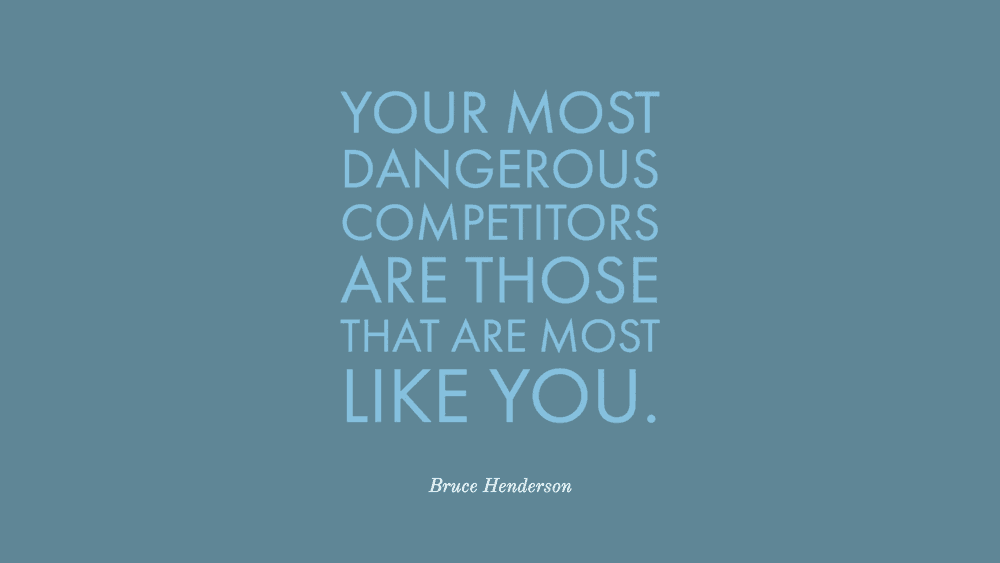
You developed your initial brand strategy in the context of competitors. But the playing field constantly shifts. New players emerge, others pivot strategies, and disruptive technology forces change.
Re-evaluate the competitive landscape every 6-12 months to uncover game-changing dynamics you may have overlooked that allow possibilities to strengthen perceptions of your brand by comparison.
The last thing you want is to continue advertising claims that no longer demonstrate superiority because innovation left you behind with an outdated value proposition.
Monitor Customer Sentiment Changes
Customers themselves hold the most accurate, unfiltered opinions about your brand. But perspectives can slowly skew negative if you lose touch with emerging frustrations.
Deploy quick pulse surveys and social media listening tools to spot sentiment fluctuations early enough to intervene before they snowball.
Uncover the root causes behind target customers expressing decreased enthusiasm or trust compared to initial reception. Then, course-correct areas of your brand strategy accordingly.
Test and Refresh Tactics
Maybe your brand identity, mission, and core differentiators remain sound. But the world around your business transforms at lightning speed. Tactics that attracted customers six months ago likely require refreshing today.
Test new formats and platforms to showcase your brand:
- Social channels
- Video Marketing
- Retargeting ad variants
- Partnership opportunities
- Local community outreach
- Tools to simplify purchase journeys
Explore what messages and stories currently spark interest, too. For example, sustainability and social justice have become deciding factors for many demographics. Is your content and community outreach aligned?
Minor tweaks demonstrate your brand stays in touch with customers’ ever-evolving preferences for how, when, and why they engage certain businesses.
Conclusion and Next Steps
A strong brand connection earns small businesses escape velocity from the gravitational pull of obscurity. It motivates customers to go out of their way to frequent your business because it aligns tightly with their self-image and priorities.
Yet branding remains an ongoing journey, not a one-and-done project. Consistently realign your strategy as new insights surface into target customer beliefs that weren’t top of mind when you opened your doors. Lean into what makes your brand likeable and irreplaceable even as trends come and go.
Ready to begin building your unmistakable brand? Start by clarifying your mission and vision. Research buyer's needs more deeply than assumptions. Brainstorm the strategic foundations of your identity. Then, bring it all to life through consistent customer touchpoints.
Reach out if you need help or a second set of eyes to review your small business brand strategy drafts. I’m always happy to offer personalised guidance at any stage. Here’s to stand out with brand customers proudly supporting for years!
Frequently Asked Questions
What are some things I can do mostly for free to build my brand?
Some affordable brand-building basics include defining your personality and voice, crafting your origin story, starting social media accounts, designing logos with free tools, and building your email list to share updates and offers.
I sell business to business. Is branding still important when I don’t have millions of consumer customers?
Arguably, even more so. With fewer overall prospects to connect with, you must maximise trust and familiarity immediately to compete with the big brands bidding for the same deals. Make it personal from the first handshake to the signed contract.
Should my brand strategy change as I expand nationally vs remain locally focused?
It’s wise to initially shape region-specific versions of your brand identity if you plan to reach multiple geographies. This allows customising tactics to resonate given distinct influencing factors while preserving your essence across markets.
What does brand consistency mean? Can’t I show different identities?
While tactics vary across platforms, customers want assurance that they engage with the same trusted business. That means keeping logos, colour schemes, tone of voice, personality, and value proposition aligned everywhere they encounter you, whether online or on a storefront—no wildly mixed messages.
How much should I budget to build my brand effectively?
Depending on your capabilities, handling internal work like logos and website development vs hiring an agency, allot 5% to 15%+ of gross revenue. Enough to administrate strategy, fund experiments, measure results, and refresh periodically. View brand investment for the long-term asset it is.
